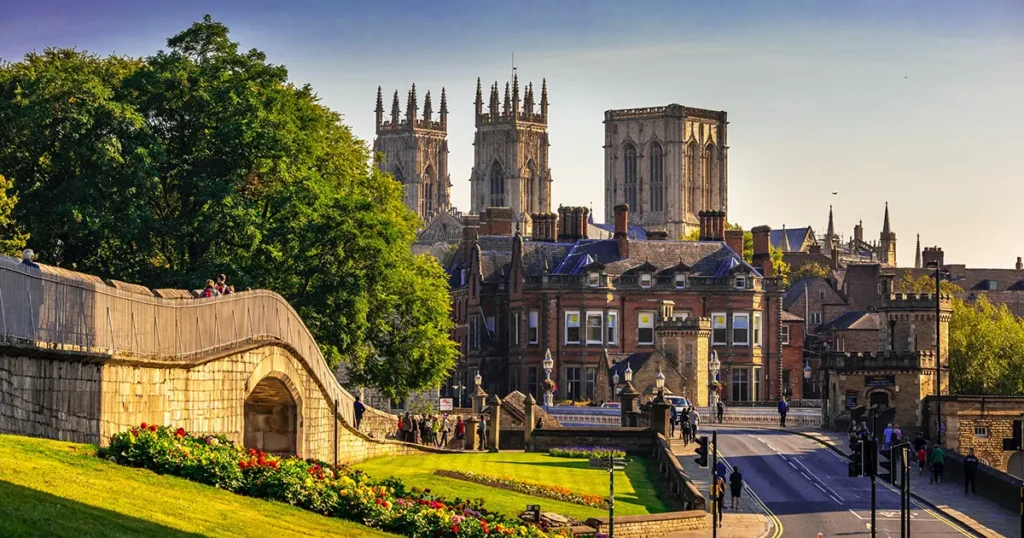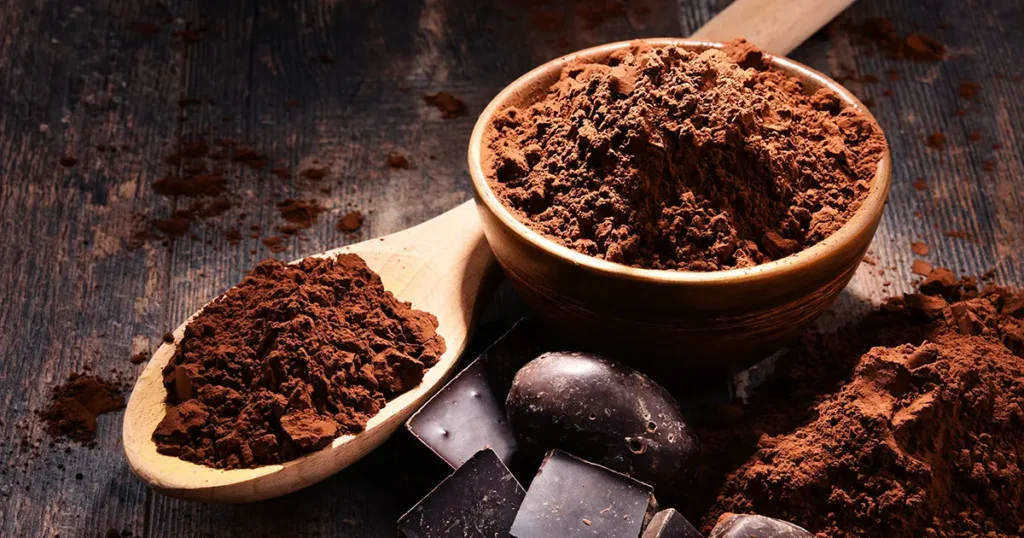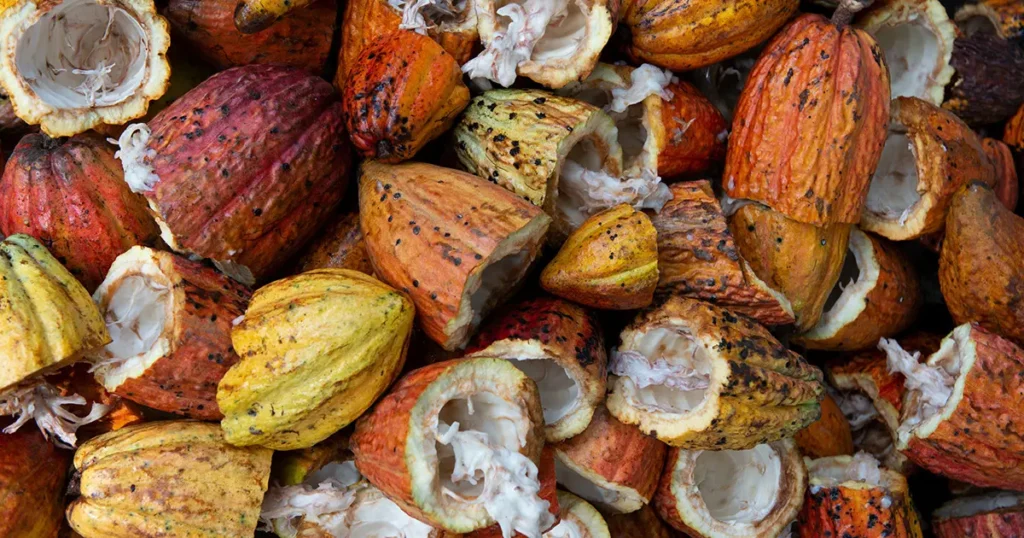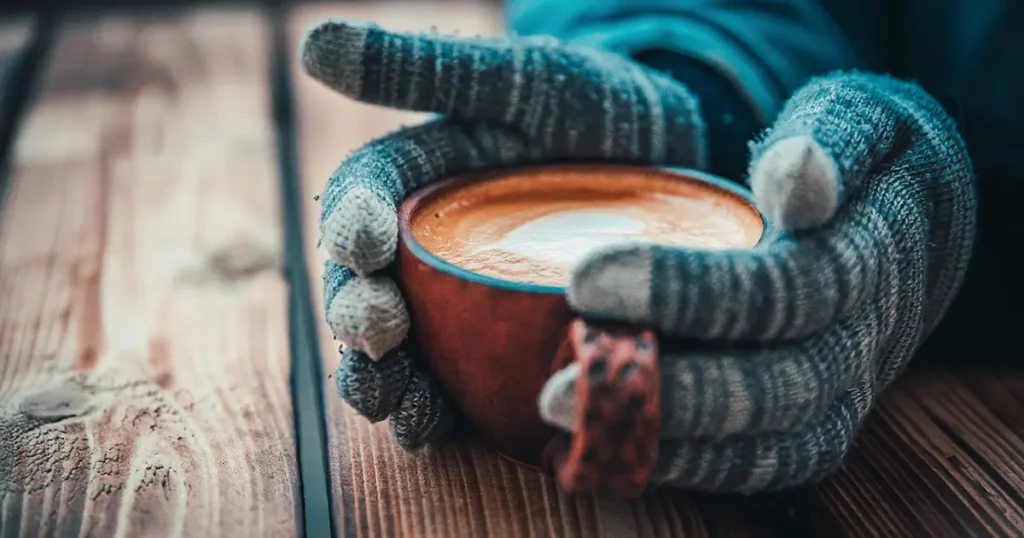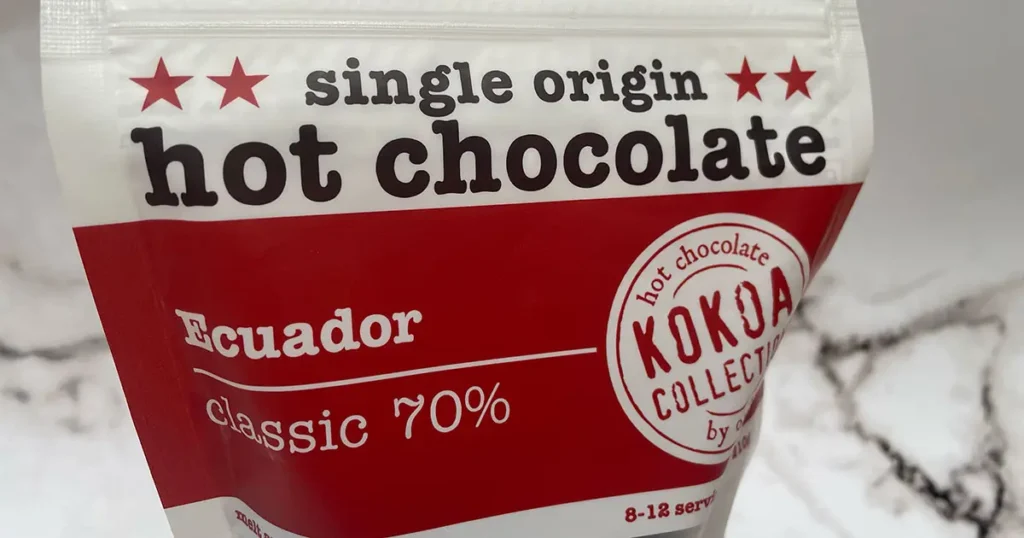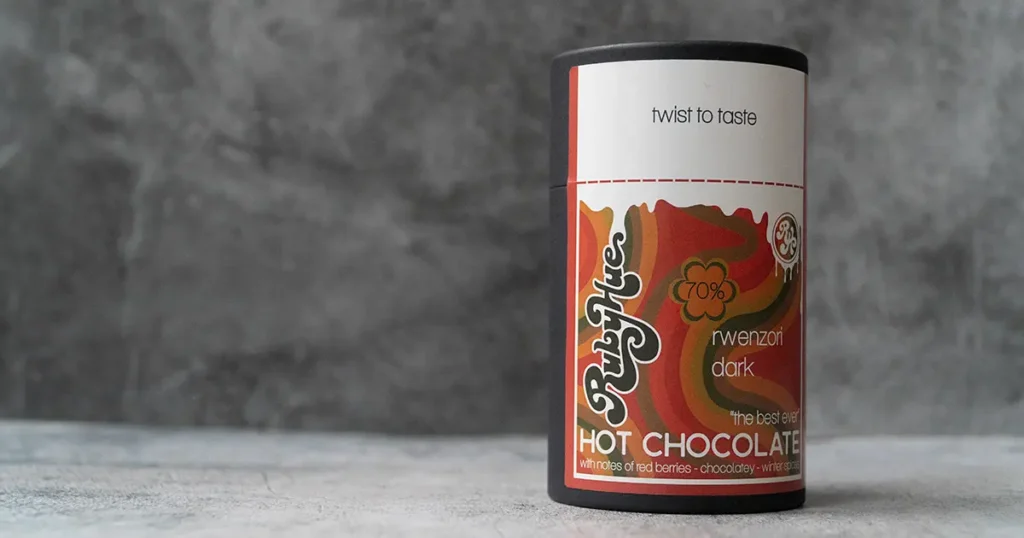Ah, hot chocolate! This delectable concoction has warmed many a soul, evoking memories of snuggled-up winter evenings. But have you ever stopped to wonder about its origins? Where was hot chocolate invented? The answer might surprise you.
It wasn’t invented in a kitchen or in an early American settlement. In fact, the Mayans and Spanish explorers were among the earliest to experiment with hot chocolate.
In fact, there’s even a history of chocolate houses in London. But where did the modern drink first come from?
The answer lies in the early Mayans, who drank it in a traditional chocolate house.
The allure of hot chocolate: A brief overview of its historical journey
Hot chocolate isn’t just a drink; it’s an emotion.
Think back to the first time you had a sip, perhaps from a steaming mug handed to you by a loved one.
The warmth, the creaminess, and that rich chocolatey taste – it’s a moment to cherish.
But this drink’s rich tapestry started long before your first sip, with roots deep in ancient civilisations.
Origins in Ancient Civilisations
The Mayan Tradition: ‘xocolātl’ and its Significance
Long before our modern-day love affair with hot chocolate began, the ancient Mayans were sipping on a remarkably different version called ‘xocolātl’.
But what exactly was this concoction, and why did it hold such a vital place in Mayan culture?
Derived from the Nahuatl language, ‘xocolātl’ means a ‘bitter water’, a nod to its main ingredients: cacao beans and water.
Cacao was no ordinary bean for the Mayans—it was a heavenly gift. Legend has it, the Plumed Serpent bestowed it upon the Maya, signifying divine wisdom.
This wasn’t just any drink; it was a ceremonial elixir. From births to funerals, Mayan royalty drank ‘xocolātl’ during significant events, symbolising life’s richness.
Crafting this drink was an art. Fermented cacao beans were ground into a paste, mixed with water and spiced up with chilli and honey. Unlike today’s sweet versions, this was a bold, frothy and spicy blend.
Its value? Immense! These beans were Mayan gold, even doubling as currency; fancy buying a rabbit for ten beans?
The Aztecs and Their Spiced Chocolate Drink
Enter the Aztecs, and chocolate got a spicy twist. They believed in its invigorating powers, often enhancing it with spices like vanilla and chili.
Venture back to the grandeur of the Aztec empire, and you’d find a society deeply enamoured with a rich, frothy brew unlike any other: their spiced chocolate drink.
The Aztecs believed that cacao beans, the foundation of their prized beverage, were gifts from Quetzalcoatl, the god of wisdom.
But this wasn’t your usual sweet, creamy hot chocolate. Oh no!
The Aztec version was a blend of crushed cacao beans, water, and a medley of spices, producing a drink that was as fiery as it was invigorating.
Each sip was a celebration, an indulgence fit for warriors and nobility, a concoction that not only warmed the body but also invigorated the spirit.
Today, as we enjoy our myriad versions of hot chocolate, it’s intriguing to think of the fiery ancestors of our favoured beverage, sipped by Aztec emperors under the vast Mesoamerican skies.
The Spanish Connection: Arrival in Europe
The discovery of the New World by Spanish explorers in the late 15th and early 16th centuries was more than just a conquest of lands; it was a fusion of cultures, an exchange of ideas, and a blending of culinary traditions.
Among the treasures they stumbled upon was the Aztecs’ cherished beverage, the spiced chocolate drink.
For the Aztecs, this drink was more than just a daily indulgence; it was a drink of ceremonial importance, often reserved for warriors and nobility.
So, when the Spanish, led by the likes of Hernán Cortés, first tasted this potent brew, they were perplexed.
Accustomed to the sweet wines and beverages of Europe, the bitter and spicy profile of the Aztec chocolate drink was jarring.
However, recognising its cultural significance and potential allure, they decided to bring it back to Spain.
Once it reached the Spanish shores, the bitter Aztec brew underwent a transformation.
Sugar, vanilla, and other spices were added, mellowing its strong taste and making it more palatable to the European palate.
Over time, this revamped beverage gained immense popularity, not only in Spain but across the European continent.
It’s fascinating to consider how the initial cultural clash between the Spanish and the Aztecs, epitomised by their contrasting tastes in beverages, led to a shared love.
What began as an Aztec ritualistic drink evolved into Europe’s cherished hot chocolate, a testament to the magic that can happen when two worlds meet.
For a detailed dive into the historical narrative of chocolate, head to A History of Chocolate.
Hot Chocolate in the European Courts
France’s Amorous Dance with “Chocolat Chaud”
Ah, France! A nation synonymous with romance, fine wine, and now, to our tale’s delight, a deep-seated love for “chocolat chaud”. When hot chocolate first made its way across the Pyrenees, it didn’t take long for the French to fall head over heels.
But here’s the twist: in France, it wasn’t just another beverage. It became a symbol of luxury and opulence.
Picture the grand salons of Paris, with golden chandeliers hanging from ornate ceilings and elegantly dressed nobles in wigs and silks.
Now, imagine them sipping their morning “chocolat chaud” from delicate porcelain cups, their conversations filled with wit and laughter. It was more than a beverage; it was a ritual, setting the tone for a day filled with art, politics, and intrigue.
What’s more, the French, with their impeccable culinary flair, added their unique touch.
They introduced rich creams and fine sugars, turning it into a concoction so creamy and decadent, it could only be worthy of kings and queens.
And, like all things French, it wasn’t just about the taste.
It was an experience, a moment of indulgence, a daily nod to the finer things in life.
In the midst of croissants, art, and poetry, France’s affair with “chocolat chaud” is a testament to their unyielding passion for life’s greatest pleasures.
English Endeavours: Chocolate Houses and a Brewing Revolution
While England may have been fashionably late to the chocolate party, when they did arrive, they did so with a bang!
The English, ever eager to put their own spin on things, took to the delicious “chocolat chaud” with a gusto that was quintessentially British.
Enter the chocolate houses.
Picture this: grand establishments, echoing with debates, politics, and the latest society gossip, all under the aromatic embrace of brewing chocolate.
These weren’t just any ordinary cafés.
The chocolate houses of London became the epicentres of social life in the 17th and 18th centuries. They were the spots where the thinkers, poets, and the elite gathered, not just to savour their cup of cocoa but to discuss matters of state, art, and business.
Think of them as the ancestors of today’s bustling coffee shops, but with a touch more powdered wigs and velvet!
And the drink itself?
The English had their delightful take.
They mellowed the original’s bitterness, enriching it with milk and sugar. Before long, the modified brew was not just a treat but an emblem of English refinement.
As the rest of Europe swirled their cups in courts and salons, England’s chocolate houses became hubs of innovation and conversation.
From this rich tapestry of cocoa-infused discussions emerged some of the era’s most influential ideas.
Commercialisation and Mass Production
The Industrial Revolution: A New Era for Hot Chocolate
The industrial revolution was a period of steam, machines, and monumental change.
As factories began to dot the horizon and innovative inventions became the order of the day, hot chocolate too found itself swept up in this wave of transformation.
Before this revolution, producing hot chocolate was a laborious affair, reserved for the elite.
However, as new machinery and techniques emerged, they redefined the entire process.
Machines could now grind cacao beans faster and more efficiently, while new methods allowed for smoother blending with milk and sugar.
This not only enhanced the drink’s quality but significantly reduced its production cost.
Thanks to these advancements, what was once a luxury became an everyday delight.
No longer confined to the salons and parlours of the aristocracy, hot chocolate began making its way into the homes and hearts of the general populace.
The once-elusive brew was now available at local shops, affordable and accessible to all.
In essence, the Industrial Revolution didn’t just modernise machinery; it democratised the joy of hot chocolate, ensuring that everyone, regardless of their station, could enjoy a warm, comforting cup.
Cadbury, Nestlé and the Cocoa Revolution
Enter the titans of the chocolate world: Cadbury and Nestlé.
In an era dominated by industrial progress, these iconic brands leapt to the forefront, forever transforming our relationship with hot cocoa.
Imagine a time when preparing a hot chocolate drink wasn’t just a matter of seconds with a spoonful of powder.
Now, thanks to these trailblazing companies, what was once a meticulous ritual became a simple, delightful experience.
They introduced us to the wonder of instant cocoa – a magical blend that allowed the masses to whisk up a comforting cup at a moment’s notice.
Cadbury, with its roots in Birmingham, England, began as a modest one-man business in the 1820s.
Over time, it expanded its horizon, moving from selling tea and coffee to creating one of the world’s most beloved cocoa powders.
Their recipe was a game-changer, turning the process of hot cocoa preparation from an art into an everyday act.
On the other hand, Switzerland’s Nestlé, already celebrated for their milk products, saw an opportunity in the world of cocoa.
They presented a unique blend, bringing together the creaminess of milk and the richness of cocoa.
Their powdered delights catered to those who sought a sweet, milky escape in their beverages.
But, hold on a minute!
For the uninitiated, there’s a burning question: What’s the difference between hot chocolate powder and cocoa powder?
It’s a common conundrum, and if you find yourself musing over this distinction, this detailed explainer is bound to clear the haze.
In essence, brands like Cadbury and Nestlé did more than just sell cocoa; they shaped our modern cocoa culture.
Conclusion: A Toast to Hot Chocolate’s Timeless Journey
From the sacred ceremonies of the Mayans to the bustling ambience of today’s trendy coffee shops and the ever-evolving digital realm, the tale of hot chocolate unfurls like a rich tapestry, woven with diverse threads of history, culture, and innovation.
Each sip tells a story, revealing the nuances of its multifaceted journey through time.
Its universal charm, transcending borders and epochs, isn’t just about the comforting warmth or the symphony of flavours dancing on our palates.
It’s about the shared moments, the whispered secrets, the tales told around roaring fires, and the memories crafted on chilly evenings.
Hot chocolate, in its essence, is more than a drink; it’s an experience, a connection to our collective past, and a nod to its ever-evolving future.
So, as we cradle our mugs and let the steamy aroma envelop us, let’s take a moment to honour this drink’s remarkable voyage.
Here’s to hot chocolate, a beverage that, despite the passage of time, never ceases to captivate our hearts and souls.

